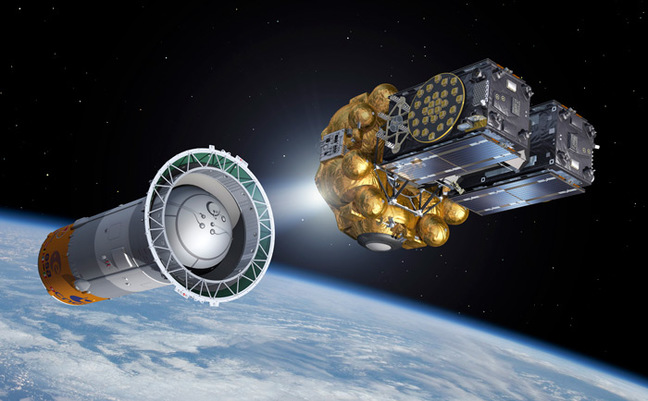As reported by Business Insider: Earlier in November, Google got some interesting press when one of its cars was pulled over for, of all things, driving too slowly.
But the incident shined a spotlight on a very real issue with driverless cars: they're too safe, and that simply doesn't mesh with the way humans drive.
 But when you combine human error with the consistent precision of driverless cars, accidents are inevitable.
But when you combine human error with the consistent precision of driverless cars, accidents are inevitable.

But the incident shined a spotlight on a very real issue with driverless cars: they're too safe, and that simply doesn't mesh with the way humans drive.
The fact of the matter is humans don't obey traffic laws all the time — sometimes we zip through yellow lights or commit a rolling stop at stop signs.
That's why programmers are currently debating whether it's time to teach self-driving cars to commit infractions, according to a Bloomberg article.
“It’s a constant debate inside our group,” Raj Rajkumar, co-director of the General Motors-Carnegie Mellon Autonomous Driving Collaborative Research Lab in Pittsburgh, told Bloomberg. “And we have basically decided to stick to the speed limit. But when you go out and drive the speed limit on the highway, pretty much everybody on the road is just zipping past you. And I would be one of those people.”
When Rajkumar offered rides to members of Congress in the lab's driverless Cadillac SRX SUV, the car ended up swinging across three lanes of traffic to merge on I-395 because it didn't know how humans make room when there's a lot of traffic build up.
Although a human took control, thereby avoiding a potential accident, it showed how driverless cars struggle to interpret how humans drive.
“It’s a dilemma that needs to be addressed,” Rajkumar said.
The cop who pulled over the robot Google car that was driving too slow at 24 miles per hour in a 35 mile per hour zone also noted the issue with driverless cars being too cautious.
"“The right thing would have been for this car to pull over, let the traffic go and then pull back on the roadway,” Sergeant Saul Jaeger, the Mountain View cop, told Bloomberg. “I like it when people err on the side of caution. But can something be too cautious? Yeah.”
To address the issue, Google is working on making its cars more aggressive to "naturally fit into the traffic flow," Dmitri Dolgov, principal engineer of the program, told Bloomberg.
“Driving is a social game," he said.









